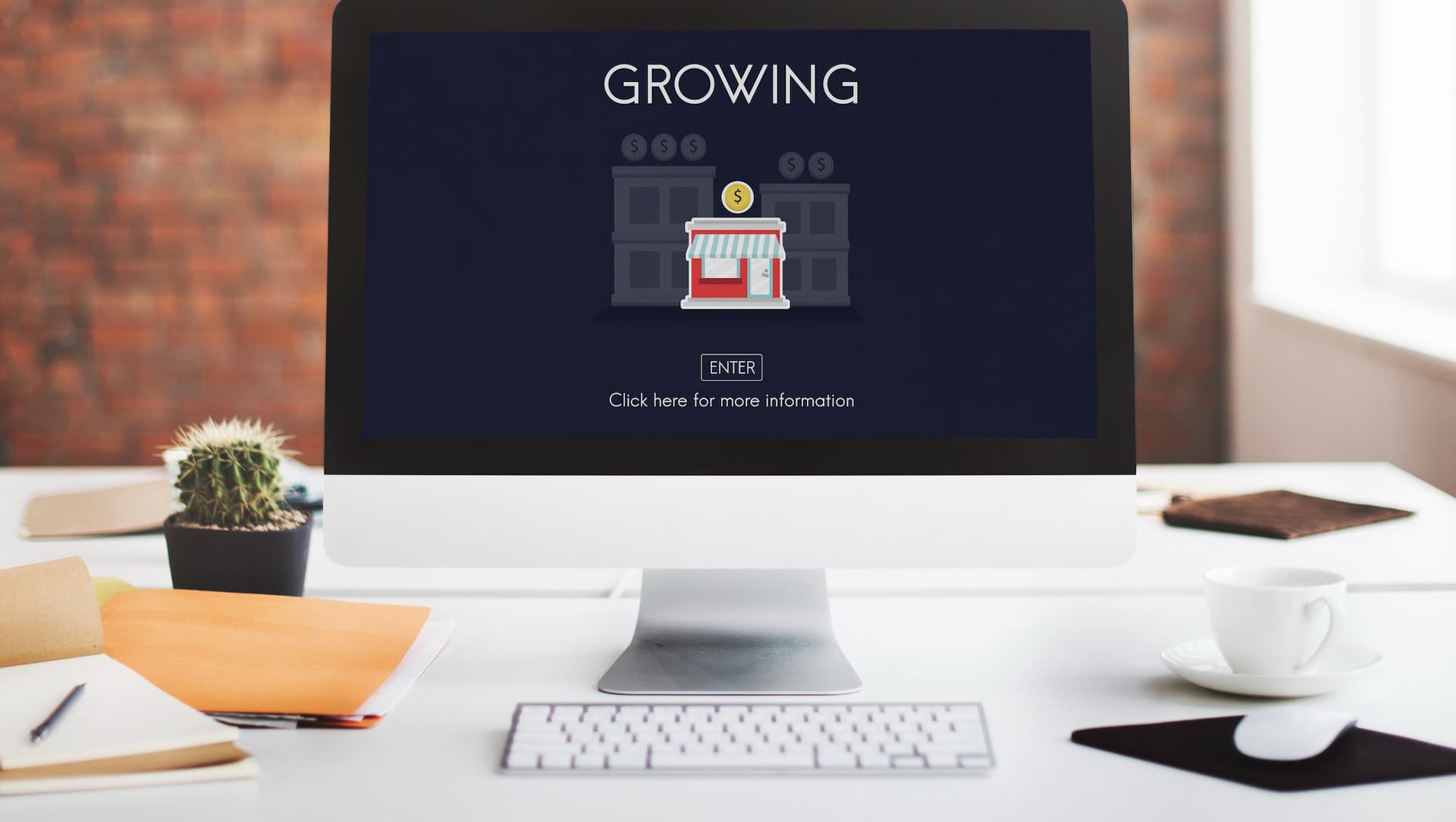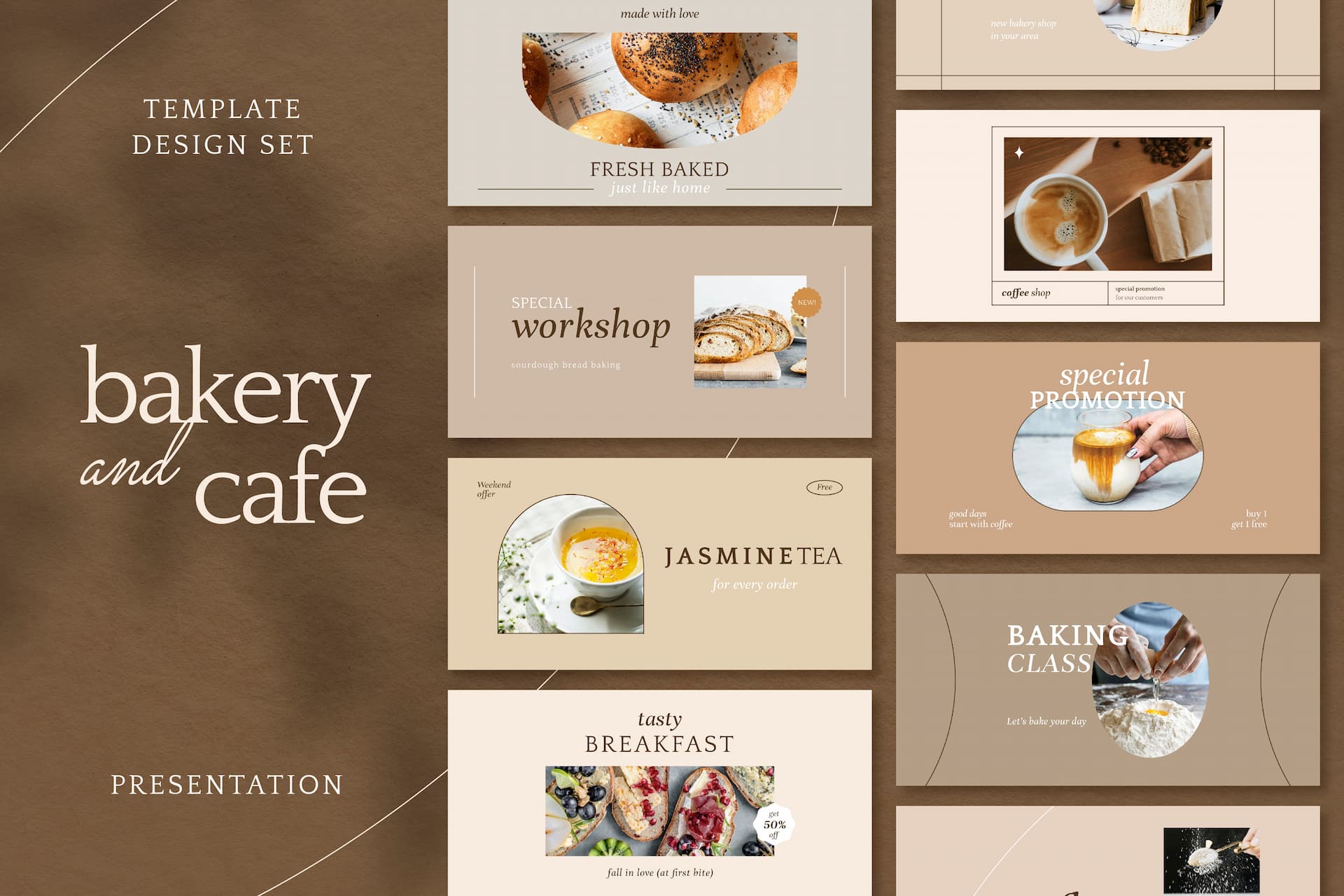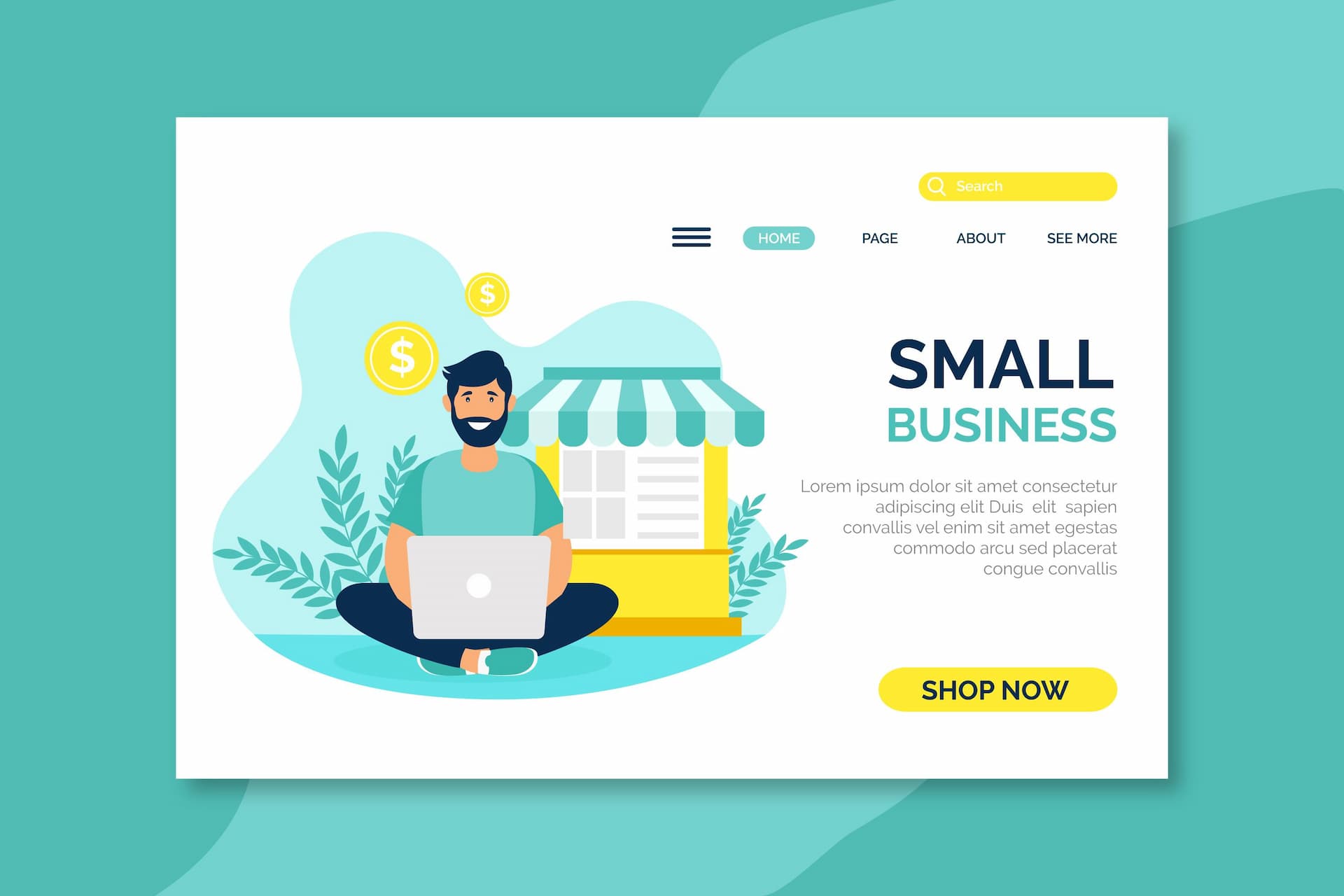Your website’s design is often the first impression visitors get of your business and is a critical component of your online marketing presence.
A good website can convey professionalism and keep customers coming back by making information clear and easy to find.
In this article, you’ll learn why website design is so important. We will review the most crucial elements and provide tips for creating an excellent small business website.

Objectives Of Designing A Small Business Website
A website only works best when it serves both the business and the visitor. For the company, it should have clear CTAs and help convert visitors into leads and customers. For the visitor, it should provide a simple solution to their problem or question.
Below are six reasons why you need a good website design, even if you run a small business:
#1 Creating First Impression
Customers who land on your website will judge your business within the first few seconds based on the look, design, and speed with which your website meets their needs! Hence, you need to make sure that the first impression is compelling. Customers will take their purchases elsewhere if your website is outdated, disorganised or unattractive.
#2 Improving SEO
The elements of your website’s design affect your SEO efforts by determining how it ranks in search engines like Google. They also determine how and where your content is distributed on web pages. This distribution, in turn, affects how search engines crawl and index your website.
#3 Setting Tone For Customer Service
Just as customers tend to jump to conclusions and judge your business based on the visible features of your website’s design, they also tend to judge the quality of your customer service. If you don’t put any thought into the layout, you probably won’t put much effort into helping your customers. Your website should stand out with a modern and trustworthy design, and contact information should be easily accessible.
#4 Building Trust
Hackers have spread scams and misinformation all over the internet, so a well-designed website is a key to conveying the legitimacy and trustworthiness of your business. A small business website with an outdated or poor design will often translate as being untrustworthy or unsafe to customers, which can be costly to your business. Also, website security and SEO are connected.
#5 Helping You Keep Up With Competition
If your competitors have a more appealing website, you’re likely to lose potential customers to them. They might conclude that your competitors put more effort into their business and are thus more trustworthy. Explore your competitors’ websites, find out what they do, and compare them to yours.
#6 Creating Brand Consistency
When building brand awareness, it’s essential to be consistent across as many channels as possible. Be sure to use the same fonts, styles, and layouts on every page of your website to ensure consistency. And if you do use colours, don’t overdo it – most of the time, a few colours will do. The 60-30-10 rule is a timeless guide to website design.

Essential Elements For A Good Small Business Website
There are many ways to design a good website. There are also several aspects to a quality design. Below are some elements that every successful web design should contain:
Your website visitors have a specific objective in mind; they’re probably looking for the price of an item or trying to make a purchase by filling out a form. And your job is to make this process as time-saving and hassle-free as possible. A small business website with a complex structure that requires users to search and browse too much will likely result in frustrated customers who won’t stick around for long. They’ll leave your website in no time.
Your navigation should be straightforward, self-explanatory, and contain large headings with associated subtopics. If your website isn’t adequately navigable, the visitor’s reaction will likely be, “Typical template website! Items aren’t where they’re supposed to be.”
#2 Responsive Design
More and more users are accessing websites through their smartphones and tablets. As a result, developing a responsive website design that works well on all device platforms is more critical than ever. When you visit a mobile-friendly responsive website, pages are automatically resized, menu formats are adjusted, and dropdown tabs are displayed. Simply put, a mobile-optimised website adapts to create an optimal visual experience.
#3 Consistent Branding
Consistent branding throughout the website and social media create a sense of professionalism and cohesion. A similar website layout, colour scheme, and typography on every page of your sitemap are imperative.
Think of your website as a human body and your copy as veins. Your content, or the soul behind each element, should breathe a unique life into your website. Your goal should be to appeal to visitors and make a primary connection. These connections are the elements that can turn leads into returning customers.
#4 Relevant Images
Images and videos are more engaging than plain text, but you can quickly overdo it if you include too much on a web page. Therefore, refrain from overloading your pages with too many photos. Develop a balance between text and engaging visuals that serve a purpose; don’t include irrelevant images that just look good.
If you’re incorporating text, make it concise. No one likes to end up on a page with a massive block of text – even if a competent author wrote it.
#5 Strong & Clear Content
The copy, i.e. the words on your website, are an essential part of any small business website, as they provide visitors with all the information they need. A copy must be well-written and error-free. It should also convey your message appealingly and clearly.
When working out your content strategy, remember that your copy needs to be written from the visitor’s point of view and in the language they understand, not in the “jargon” of the industry.
#6 Call To Action (CTA)
Your CTA directs customers to complete a specific action– for example, a button they click on to subscribe to your newsletter. Your CTA buttons should be eye-catching and consistent with your branding.
#7 Fast Page Speed
Page speed measures how fast a web page can load after being clicked. It is a critical factor in how visitors interact with a website and influences how Google ranks a small business website.
Certain tools, such as Google’s PageSpeed Insights, enable you to see how fast your web pages load and identify areas where you can improve load speed.

Small Business Website Tips
Whether you’ve just created a website or are redesigning it, here are seven critical tips for creating a thoughtful website design.
#1 Have A Plan
When redesigning or creating a website for a small business, you should first create a detailed plan of what you want to do, how you want to do it, and how each component of your website can help your customers.
Try to predict your visitors’ journey from start to finish. Understanding how you will design each step and what you want your website to offer visitors is essential. This requires data about who your customers are, what they need, what type of copy they respond best to, and how to turn them from a visitor into a customer.
#2 Eliminate Unnecessary Elements
Developing a modern website is about transparency, precision, and efficiency. Consequently, you should rid your website of clunky and redundant elements, including:
- Lengthy Animations
- Gigantic blocks of content
- Extraneous stock images
- Too much empty jargon & promotional language like “next-generation” or “cutting-edge”.
Users who visit a website usually have a short attention span, and rarely wade through a tremendous amount of information to find what they want.

#3 Incorporate Social Platform Buttons
Your online presence should consist of a continuous network of entities, with your website being the hub. For example, you can add buttons/links to your social media accounts (Facebook, Twitter, LinkedIn, Instagram, etc.). Place them somewhere on your website, e.g., in a footer, that will accompany the customer as they click from page to page.
#4 Make Your Homepage Scrollable
A scrollable homepage is a modern and appealing tool to animate the elements of your website, meaning they appear or move down when the user scrolls up or down.
This design creates an interesting element without being overpowering or distracting. Be sure to divide your scrollable homepage into sections for easy navigation. Ideally, your homepage should include the following:
- Introduction & About Us
- Overview Of Services
- Products & Product Features
- Testimonials
- Case Studies & Success Stories
- Essential Information & Blog Posts
- Resources
- Contact Us
#5 Use White Spaces
Gone are the days of avoiding the use of white space on a small business website. Many modern websites, developed by and belonging to major international brands, are filled with white space (or blank space if coloured). But remember that you should do this wisely to divide the pages into separate sections with a consistent structure.
And make sure it’s easy to read. Use bulleted lists, prioritise, and mention the most important message first. White space can also help you split the page into several elements and find the correct positioning.
#6 Design A Mobile-Friendly Website
According to Google, 61% of users won’t return to a mobile site if they’ve trouble accessing it. Even worse, 40% not only leave the site but go to a competitor’s website instead. Therefore, make sure your website is mobile-friendly, and all visual elements look inviting on different devices and platforms. Think about these questions:
- What’s brought visitors to my website?
- Why are they visiting my site?
- What information are they likely looking for?
Once you’ve found the answers, facilitate the procedure and devise a short path for your visitors, enabling them to quickly accomplish their objectives.
#7 Come Up With A Unique SEO Strategy
SEO is essential to any business’s online presence and should be considered at every step of creating or redesigning a small business website. Specifically, the content, keywords, and tools you may need depending on your business. Figure out what content is relevant and identify the things your target audience might find interesting!
Get In Touch
Please contact us if you require further information on how to design a small business website. Here, at BroadWeb, our Melbourne-based digital agency is backed by a team of experts driven by a sole mission: customer satisfaction.









